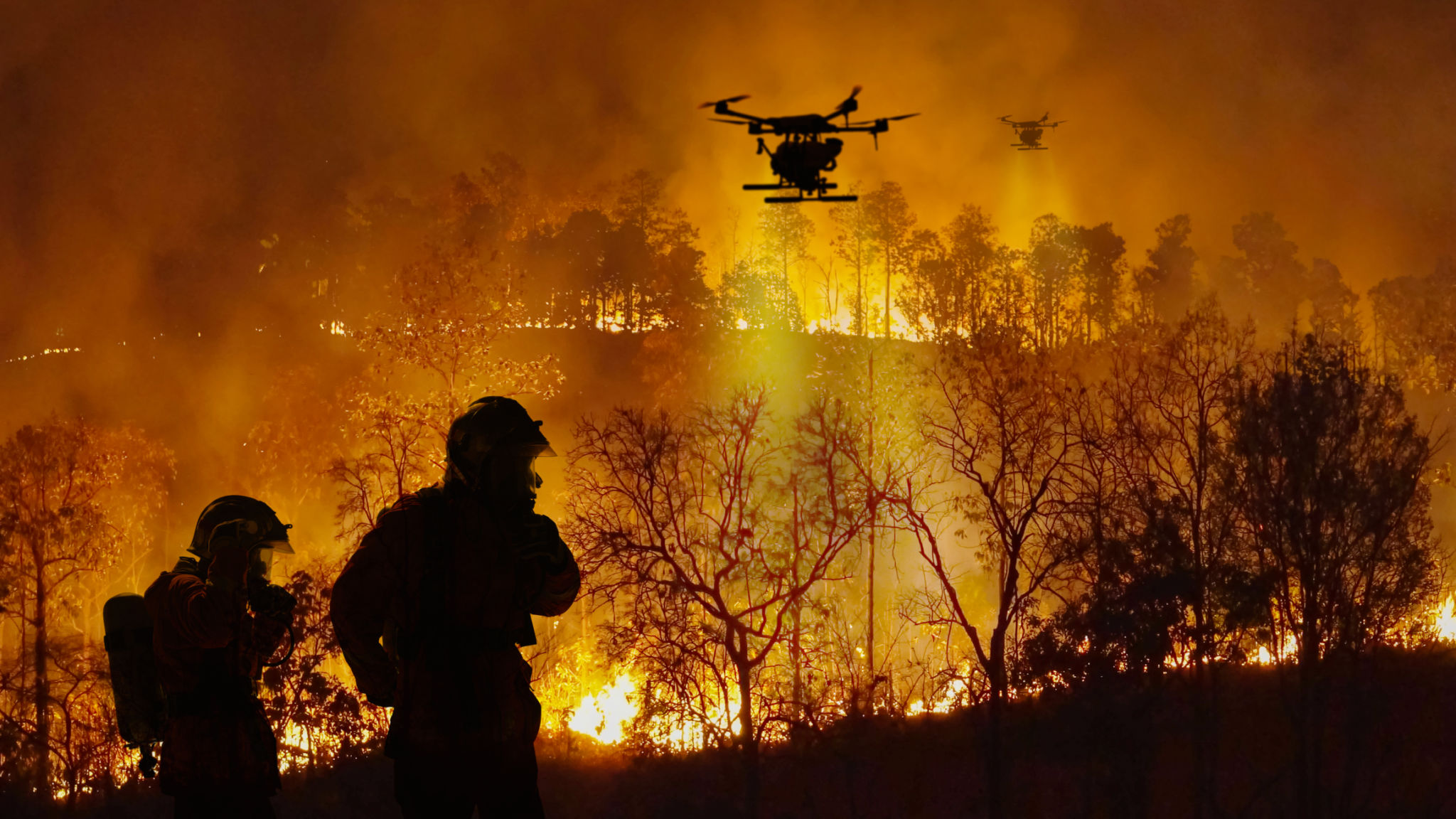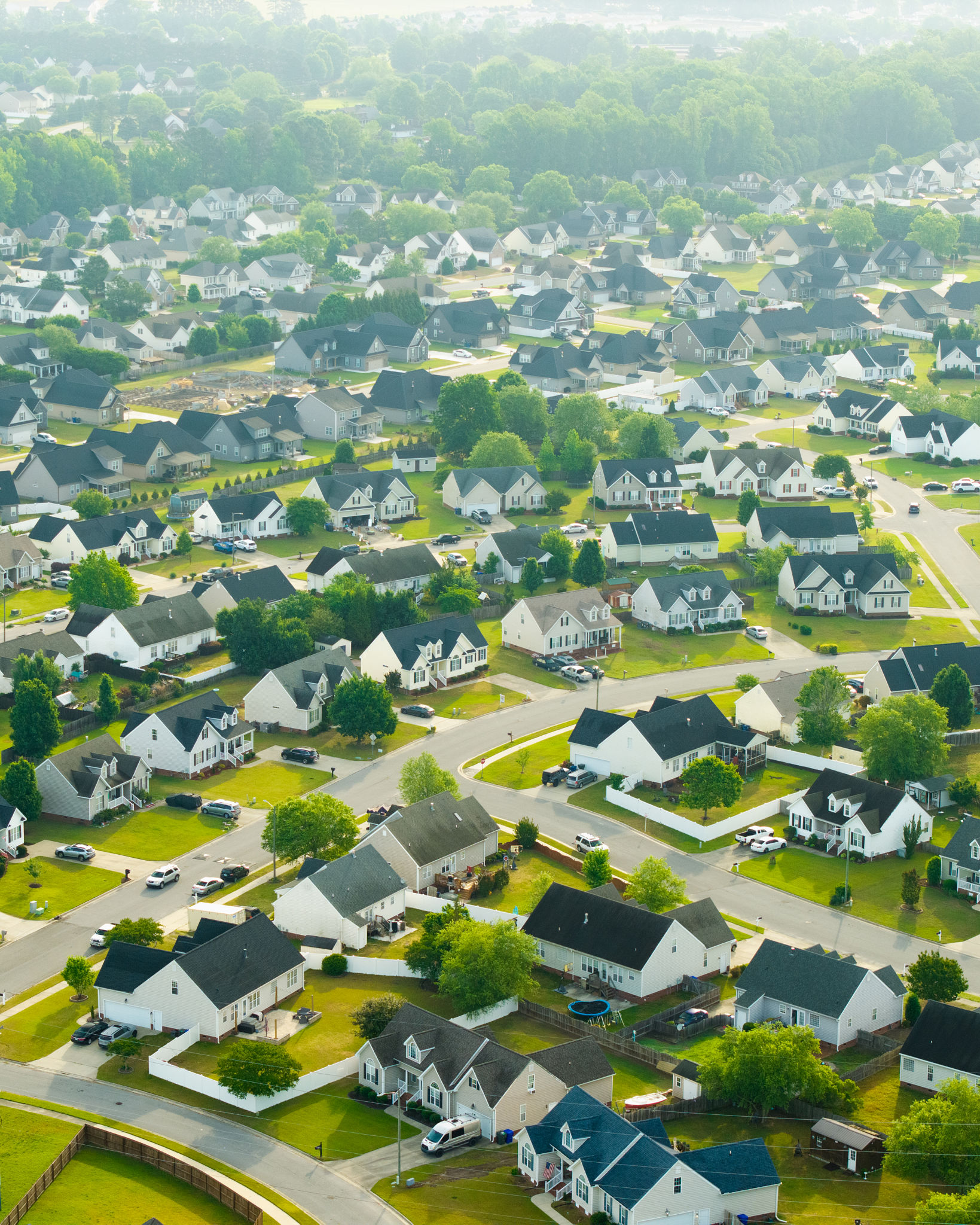Choosing the Right UAV for Rescue Operations: A Buyer’s Guide
Understanding the Role of UAVs in Rescue Operations
Unmanned Aerial Vehicles (UAVs), commonly known as drones, have become invaluable tools in rescue operations. Their ability to access hard-to-reach areas quickly and without human risk makes them essential for search and rescue missions. Whether it's locating a lost hiker or delivering supplies to a stranded group, UAVs can provide critical support in life-threatening situations.

Key Features to Consider
When selecting a UAV for rescue operations, certain features are more critical than others. Flight time is a primary consideration, as longer durations allow for extensive area coverage. Additionally, payload capacity determines the amount of equipment or supplies the drone can carry, which can be crucial for delivering medical supplies or communication devices.
Camera quality is another important feature, especially if the UAV will be used for search missions. High-resolution cameras with thermal imaging capabilities can detect heat signatures from people who may be lost or injured. Durability and weather resistance are also vital, ensuring the drone can operate effectively in various environmental conditions.
Types of UAVs Suitable for Rescue Operations
The market offers several types of UAVs tailored for different operational needs. Fixed-wing drones are ideal for covering large distances quickly but may require more space for takeoff and landing. On the other hand, rotary-wing drones, such as quadcopters, offer vertical takeoff and landing capabilities, making them suitable for confined areas.

Hybrid UAVs combine features of both fixed and rotary-wing drones, offering versatility in varying terrains. These types are particularly beneficial in rescue operations where diverse landscapes are involved.
Regulatory Considerations
Before deploying UAVs in rescue missions, it's essential to understand the regulatory framework governing their use. Different regions have specific laws and regulations concerning drone operations, including flight restrictions and necessary permits. Ensuring compliance with these rules is crucial to avoid legal complications during rescue efforts.
Additionally, operators should be aware of privacy concerns and data protection laws, particularly when using drones equipped with cameras. Respecting individuals' privacy while conducting rescue operations is a legal and ethical responsibility.

Training and Skill Requirements
Operating a UAV effectively in rescue scenarios requires specialized training. Rescue personnel must be proficient in drone piloting skills and understand how to leverage the drone's technology to aid in missions. Many organizations offer training programs focusing on UAV operation, navigation, and maintenance tailored for rescue operations.
Furthermore, it's important for operators to stay updated with the latest advancements in UAV technology. Regular training ensures that personnel can maximize the potential of their equipment while adhering to safety protocols.
Budgeting for UAV Acquisition
The cost of a UAV can vary significantly depending on its features and capabilities. When budgeting, consider not only the initial purchase price but also ongoing expenses such as maintenance, training, and regulatory compliance. It may be beneficial to explore funding opportunities or partnerships with organizations focused on disaster response and emergency management.
Investing in high-quality UAVs can lead to improved efficiency and effectiveness in rescue missions, ultimately saving lives. By carefully evaluating needs and available options, organizations can make informed decisions that align with their operational goals.

